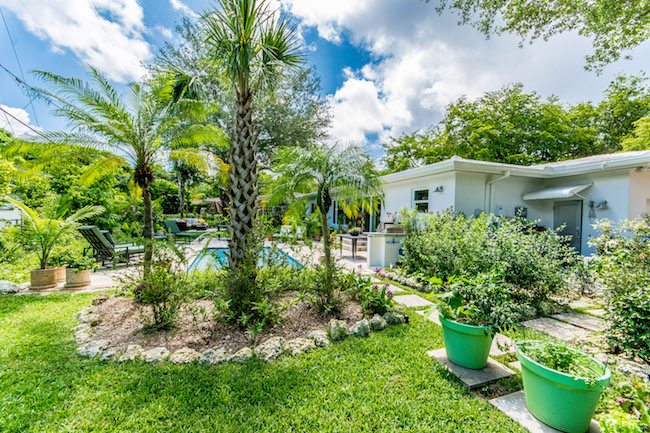
Accent: The use of a plant or object to draw attention to a specific place or area.
Acidic Soil: Soil with a PH level of less than 7.0.
Alkaline Soil: Soil having a PH level of more than 7.0.
Alternate: Leaves, shoots or a single bud that occur at the plant node.
Annual: Flowering plants that last only one season.
Arbor: An open framework designed to offer shade and a resting place in a garden. Arbors are often made of rustic wood or latticework that also serve as a trellis on which climbing plants can grow.
Arcade: A series of arches that form a walkway with a ceiling. Most often formed by rows of trees, but can also be formed by other plants or be man-made.
Belvedere: Any structure, such as a gazebo or other roofed edifice, that provides a good view of the landscape.
Branch Collar: A branch collar is the thick ring that forms at the bottom of a branch.
Bud: A condensed shoot that contains a leaf or flower.
Biennial: A plants that grows for one year without flowering, then produces flowers/fruits in the second year before dying.
Cabinet: A hedged enclosure at the end of a walkway or path.
Cascade: A fall of water over rocks or steps, often accentuated with an arch.
Cross-pollination: When pollen from the flower of one plant fertilizes the flower of another plant.
Compost: Rich, nutrient filled soil formed by decaying organic matter. Used as an additive to gardens and beds and when planting trees and shrubs to enrich pre-existing soil.
Ready to start your landscaping?
Find ProsDeciduous Trees and Shrubs: Trees and shrubs that shed their leaves/foliage in the fall.
Decking: The construction of decks out of wood or composite materials to create a recreational area.
Defoliation: The loss of leaves from trees and shrubs.
Drip Irrigation: A low pressure irrigation system in which nozzles are placed at the base of plants and water is applied very slowly (hence “drip” irrigation!). A highly efficient watering system both in terms of water and energy use.
Dormancy: The temporary cession of growth during winter seasons.
Edging: The use of strong lines of division to accentuate the separation of one area from another in a landscape.
Evergreen: Plants that remain green throughout the year.
Espalier: A series of fruit trees formed into a hedge by training them on a framework of lines and stakes.
Frost Line: The layer of soil that freezes during winter season.
Ground Cover: Ground covers are plants that grow horizontal to the ground. Ground cover is often the best solution for shady and high traffic areas.
Hardscape: Sidewalks, patios and walkways.
Herbaceous: Plants that have soft rather than woody tissue.
Harmony: A pleasing combination of all the elements present in the landscape.
Hybrid: A plant that is result of crossing two different plant species.
Island Bed: Flowering beds that are set apart from the landscape surrounding them.
Impervious: Soil that has become tightly packed because of foot traffic, construction etc.
Landscaping Fabric: A synthetic landscaping material that blocks out sun, soil and weeds, but allows water to pass through.
Limestone: A soil additive used to increase the PH level of the soil.
Ready to start your landscaping?
Find ProsMulch: Mulch is a layer of either in-organic or organic material used to control weeds and increase water retention.
Multi-stemmed: Plants that have several main stems growing out of the ground.
Node: Node is a point on the stem from which leaves, shoots or flowers arise.
Patio: Any paved area (concrete, brick, flagstone, etc.) meant for recreational purposes.
Perennial: Any flowering plant that returns year after year, as opposed to annuals which die after one season.
Pruning: The process of controlling the growth of a plant or tree to give it a pleasing shape, to maintain its health, encourage growth and optimize space.
Root Pruning: Cutting off certain parts of a plant’s root system in order to restrict plant growth.
Rotunda: Any circular, domed building. Often used in landscaping to create a shaded area suitable for rest and relaxation.
Stacking: The process to supporting a tree using ropes or wooden stacks to hold it in place.
Terracing: The process of building walls to hold the soil in place on a sloped landscape.
Topiary: A garden where plants or shrubs are shaped and trimmed into geometric or animal forms.
Variegated Leaves: Leaves that have different patters and colors.
Xeriscape: landscaping that is designed specifically for areas that are susceptible to drought, or for areas where water conservation is practiced.
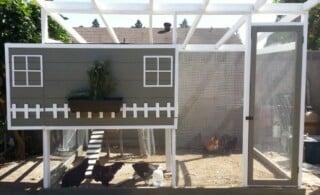 Raising Chickens at Home
Raising Chickens at Home 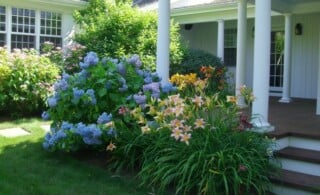 Spring Garden Flower Tips and Suggestions
Spring Garden Flower Tips and Suggestions 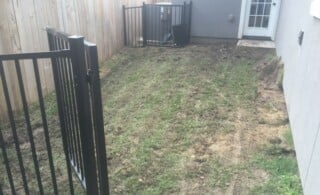 Plan Ahead for a Better Yard
Plan Ahead for a Better Yard 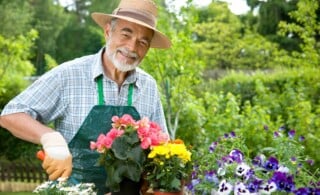 How to Hire a Gardener for Your Lawn and Garden
How to Hire a Gardener for Your Lawn and Garden 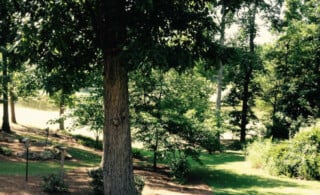 What Should I Do With My Shade Trees After a Storm?
What Should I Do With My Shade Trees After a Storm? 

Are You Familiar With This Topic? Share Your Experience.